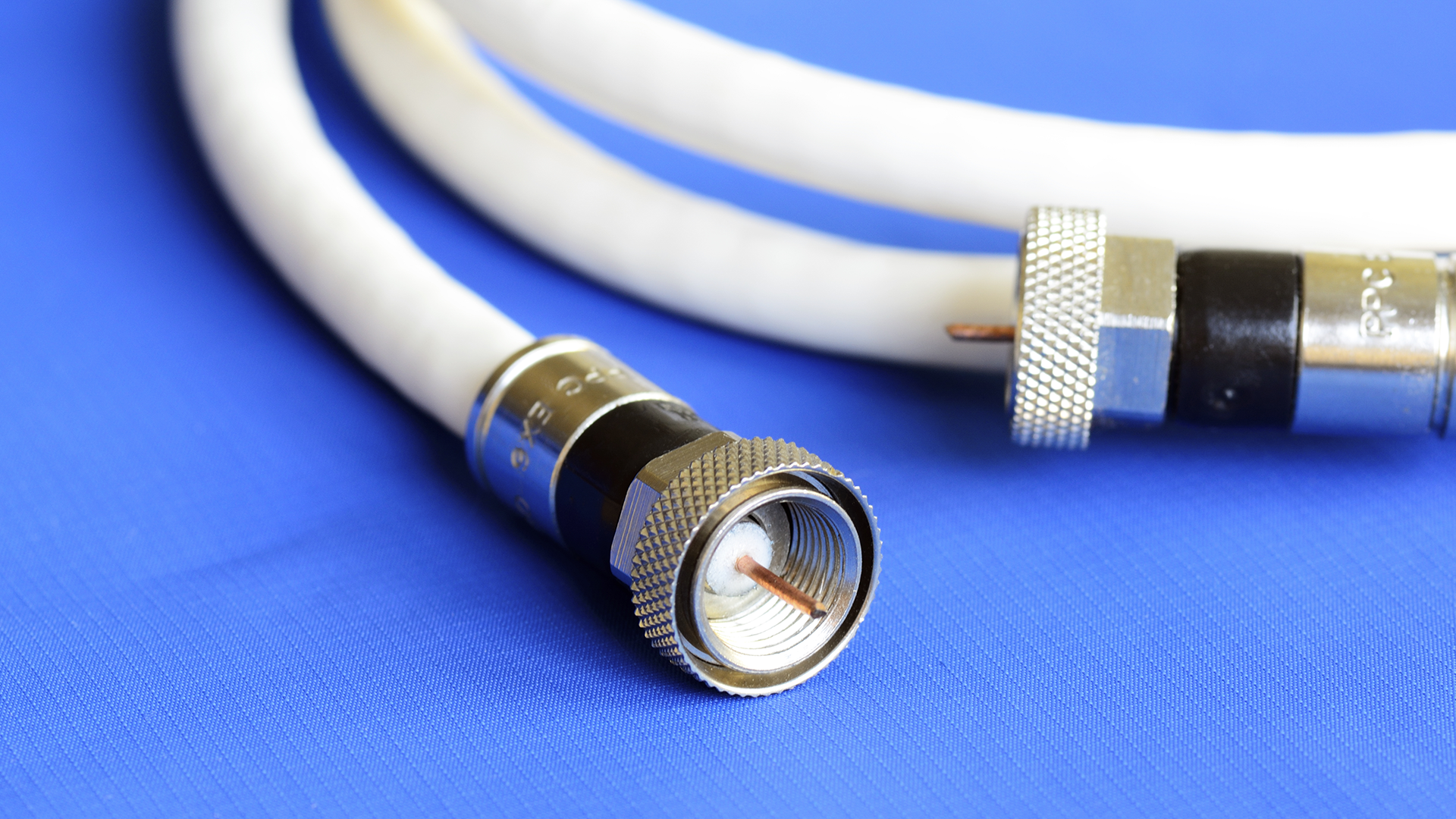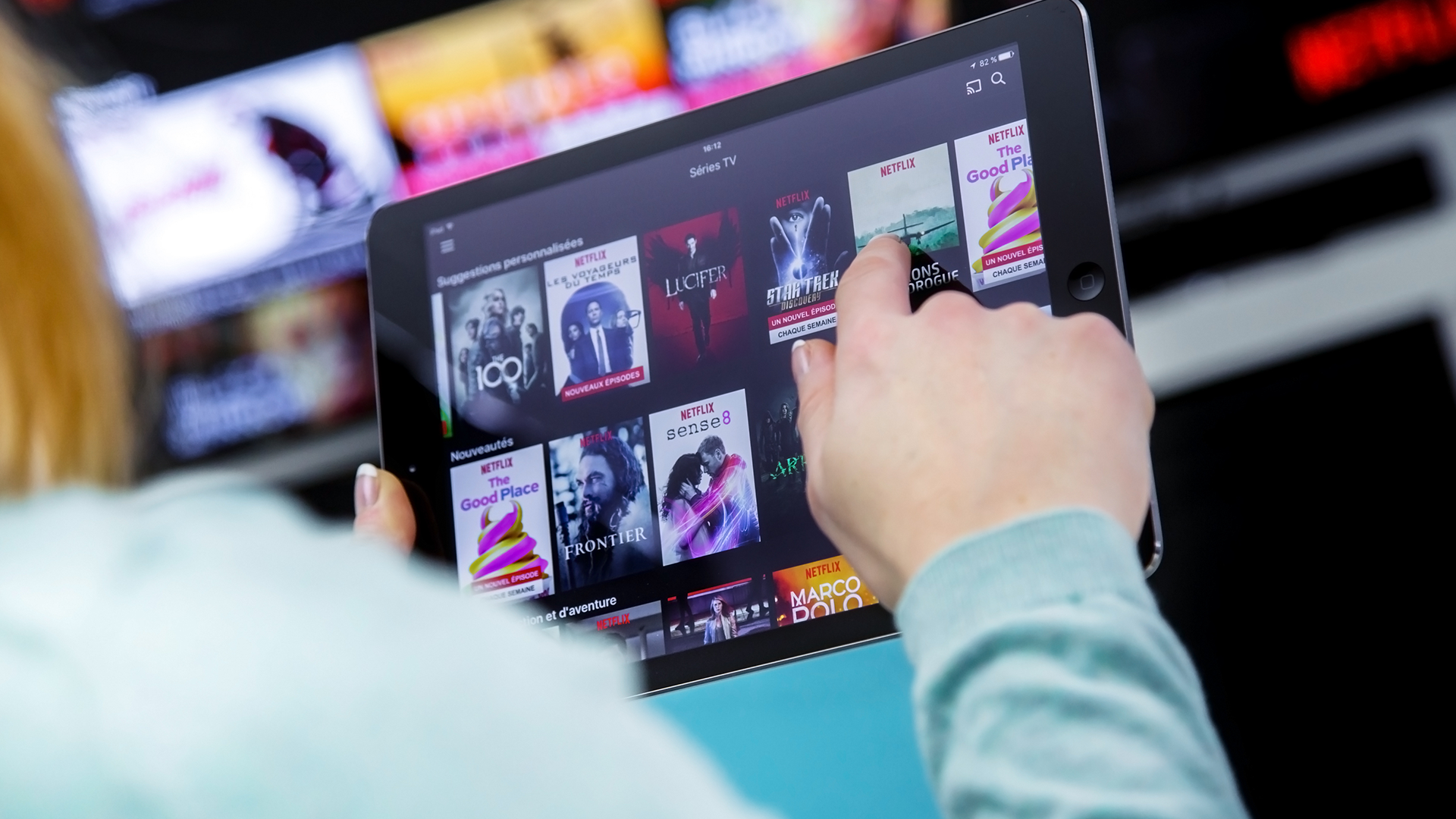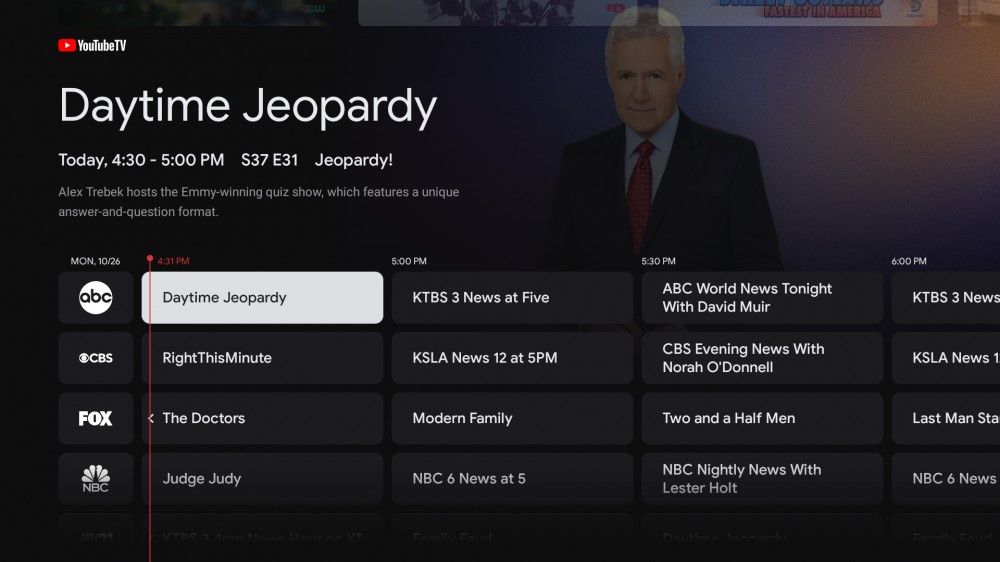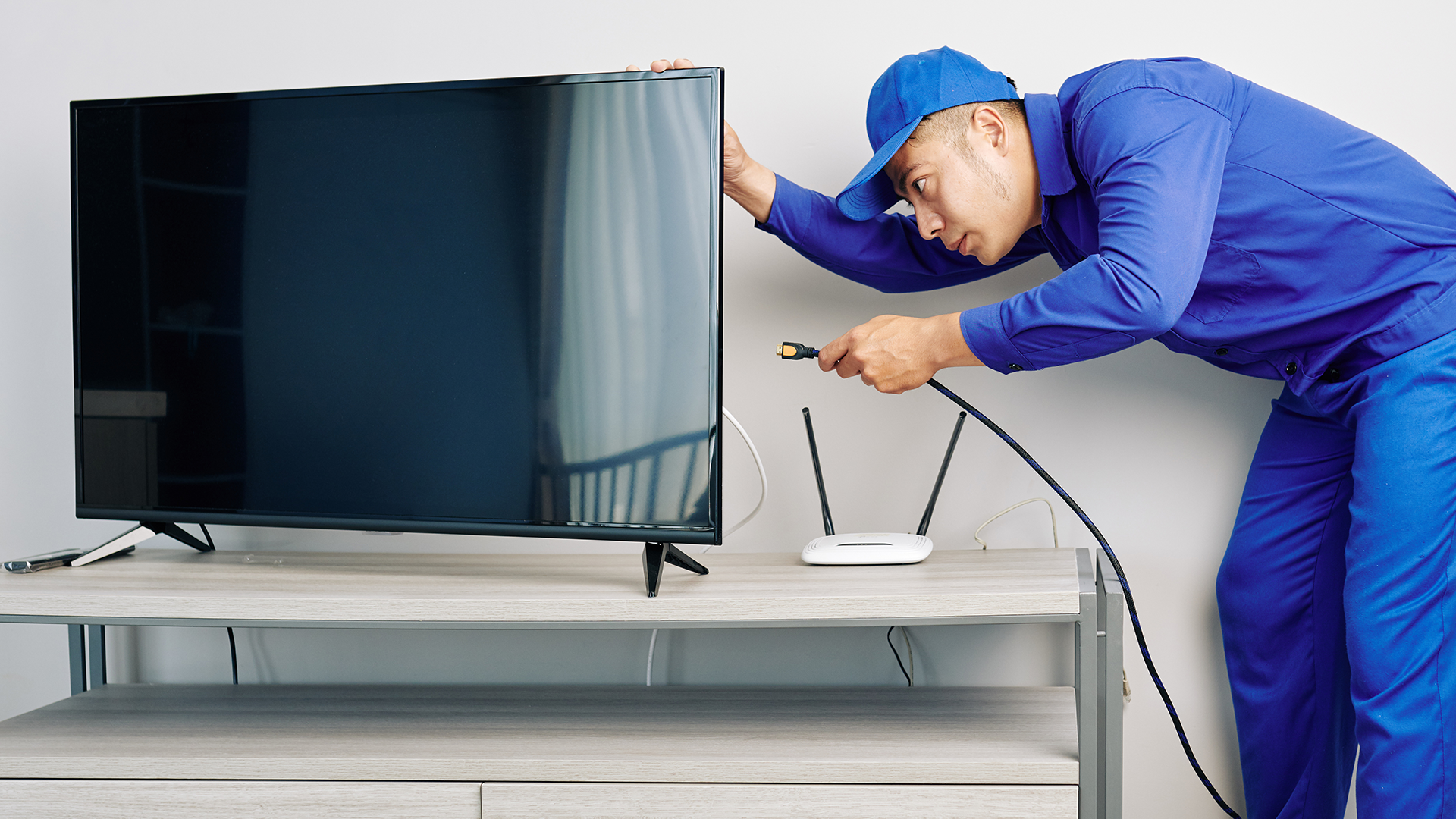Read update
- Checked content for accuracy, product availability, and dead links.
Quick Links
Streaming video was supposed to save us from the grasp of cable TV. But as prices rise and selection dwindles, it's hard to justify the expense. People subscribed to services like YouTube TV to save money. Now streaming costs more than ever. But is going back really worth it?
UPDATE: 1/11/23
Checked content for accuracy, product availability, and dead links.
Why Did We Ditch Cable In the First Place?
Nobody expected Netflix to become a full-time cable replacement when it started streaming shows and movies in 2007. The idea, as outlined in a now 16-year-old New York Times article, was to compete with Blockbuster, iTunes, and cable-owned video-on-demand services.
It just happens that Netflix struck gold. Not just because streaming is cheap or convenient, but because Netflix had an incredible library of shows and movies---a library that puts all modern streaming services to shame. What we didn't realize at the time is that this was the start of a new concept: cord cutting.
Distributors were happy to license their catalog to Netflix because they thought that streaming was, at best, an alternative to rental. That's how Netflix managed to net classic Disney films, the full Pixar catalog, NBC Universal's best shows, brand-new AMC hits, Nickelodeon, Warner Brothers, FOX, Cartoon Network, and more in its first years of streaming. By the time 2009 rolled around, publications like Wired were pushing articles like "Netflix Everywhere: Sorry Cable, You're History."
Today's streaming environment is more accessible than it was a decade ago. The video quality is better, we have neat original shows like Stranger Things, and live TV services like Sling and YouTube TV offer a direct alternative to the cable experience. Cutting the cord is pretty easy nowadays---that's indisputable. Problem is, streaming is way more expensive than it used to be, and it's only going to get worse.
Streaming Is Frustrating, But It's Still Worth It
Since its renaissance in the early 2010s, the price of Netflix has nearly doubled while its selection of A-list content has only thinned out. You can't get by on Netflix alone, which is probably why you're subscribed to three, four, or even five services right now. How the hell did we get here?
Every streaming service needs a few top-tier shows to keep customers around. But there are only a handful of shows with the mass appeal of The Office or Friends, and streaming services aren't willing to share them with one another. That's why Netflix and Hulu only seem to lose their best shows, and it's the main reason why you're subscribed to multiple services instead of just one.
It's also the reason why Netflix costs so damn much. Distributors know that hit shows are worth a ton of money and demand over $100 million for titles like Friends and The Office. If streaming services want to keep these shows, then they gotta charge you more. The only alternative is to make a hit series like Bojack Horseman or Stranger Things in-house, which is risky and very expensive.
Still, these on-demand streaming services aren't as bad as cable. You pay $15 to $60 a month and you aren't stuck with any contracts. You can cancel your subscriptions whenever you want (or rotate them to save money), and best of all, you don't have to deal with the cable company.
The problem comes when you subscribe to services like YouTube TV, Sling, or Hulu with Live TV, which are direct replacements for cable. Like other streaming services, these live TV platforms are steadily losing content and increasing in price, to the point that they often cost more than a cable plan.
If You Like Live TV ... Well, We Need to Talk
Live TV services like YouTube TV and Sling are the direct cable replacement that people have wanted for decades. It just makes sense. Why stick with cable when you can watch TV on any device through your internet connection? Why worry about bulky DVRs when you can record shows to the cloud? Why sign a contract when you can quit streaming at any time?
Well, maybe you're a sports fan who wants to watch Fox Sports, which is missing from the most popular live TV services. Maybe you want a combination of TV channels that aren't available through streaming, or hey, maybe live TV services are more expensive than an internet + cable channel package.
YouTube TV and Hulu with Live TV launched in 2017 for $35 and $40, respectively. Unfortunately, Hulu announced a price increase to $70 a month while I was writing this article, and YouTube TV bumped its price to $65 a month back in June. Those prices are outrageous, even with the 80+ channel selection and cloud DVR functionality advertised by Google and Hulu. AT&T TV Now and FuboTV suffer from the same problem---they don't offer enough channels or features to justify the $60+ price tag.
Your average cable provider, on the other hand, offers a 120-channel plan (with Fox Sports) for around $60 to $70 a month. Bundling that cable plan with 100 Mbps internet service pushes your monthly bill somewhere between $75 and $90 a month, which is still a better deal than streaming TV because it includes your internet. (Note: Some service providers may not offer bundles at this price, especially if you're in a rural area.)
The only streaming TV service with a better price than cable is Sling TV, which starts at just $30 a month. Sling is a fantastic alternative to basic cable or a "starter" cable plan, but its limited channel selection won't jive with people who prefer larger packages.
Should You Go Back to Cable?
Alright, so you just found out that a cable and internet bundle might be cheaper than your YouTube TV subscription. Is there no reason to stick with streaming? Should you slide back into the cold, cruel arms of your cable provider?
The answer is probably "no," at least for most people. Streaming is just too convenient---you can watch TV on any streaming device without screwing around with funky cables or gigantic cable boxes. You can share your account with family members, watch from multiple screens at a time, and live life without a contract hanging over your head.
And if you're a YouTube TV customer, then you're cashing in on some awesome perks. We're talking about unlimited DVR, simultaneous recording, Google Assistant integration, and the option to fast-forward through ads for no additional fee. Google also offers a free Chromecast with Google TV just for paying your bill, which is beyond cool.
But cable has its perks, too! You get a ton of channels, and they won't disappear with a week's notice like they do on streaming services. You can use your cable account to access "TV anywhere" services or stream live TV to your phone through your cable company's app. Cable TV even comes with access to local channels, which aren't available through most streaming services (and even then, streaming support for local channels varies by region). And while contracts suck, at least you won't get a price increase until its time to renew, and you can always negotiate your bill if you have enough gumption.
The choice between streaming and cable often comes down to personal preference, not price. But if you're a fan of live TV who's tired of paying more while losing channels, then maybe you should visit your ISP's website and check out some cable bundles. Who knows, you might find something that works for you.




